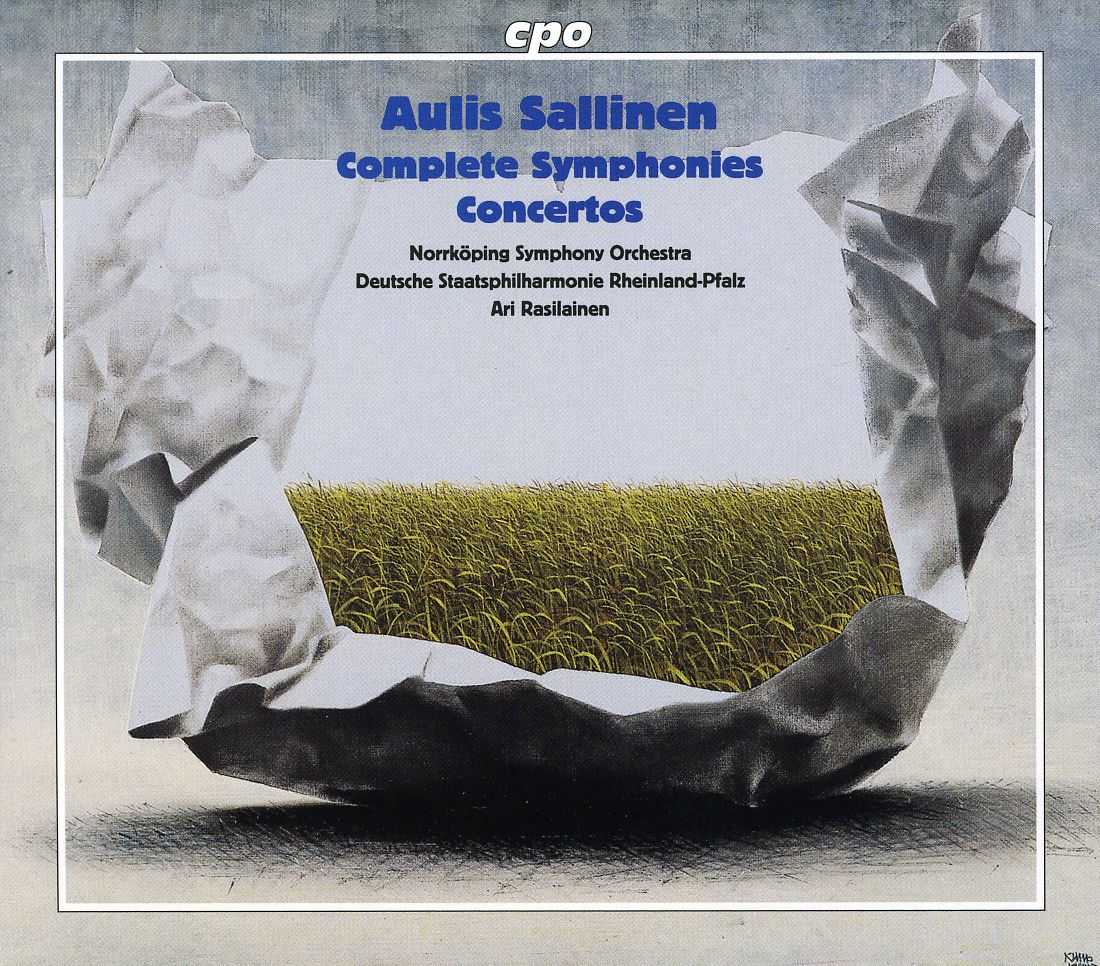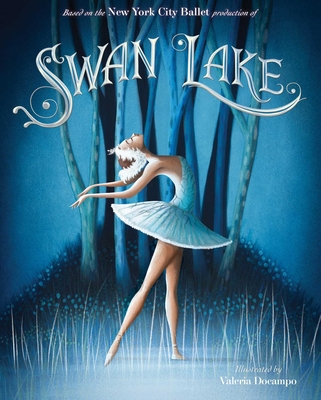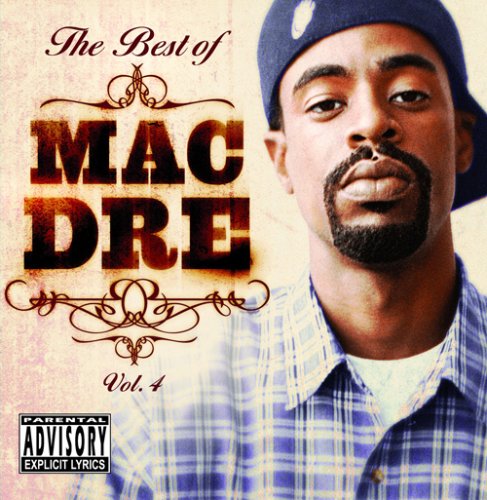
From humble beginnings, he challenged the prevailing prejudice against male dancers to become a star and a maker of stars, serving The Royal Ballet longer and contributing more to its development than anyone except its founder, Ninette de Valois. The Royal Ballet was his life.
Somes was born in 1917when ballet belonged to the exotic foreigner and even a British ballerina seemed impossible let alone an Englishman becoming a ballet dancer. In 1934, three years after the establishment of the Vic-Wells (now Royal) Ballet he was the first scholarship boy at their school. Only three years later ballets were being created for him, but four years of wartime service, culminating in serious injury, threatened to put an end to his career.
In 1946 he was integral to the company's move to Covent Garden, acclaimed tours in war-scarred Europe, a sensational New York debut in 1949 and triumphant coast-to-coast tours of North America.
His masterly partnering skills underlay Fonteyn's transformation into an international star. They were the great ballet partnership, glamour incarnate, feted throughout the world: in Australia and South Africa people curtseyed to them like royalty: they were cultural ambassadors in Eastern Europe at the height of the Cold War and the first British dancers to appear in Japan. They danced before crowned heads and heads of state and the elite of Hollywood and Broadway. Under Somes' stern editorial eye, Ashton created masterpieces for them.
As The Royal Ballet's Assistant Director in the 1960s, during the company's golden years, Somes nurtured a wealth of talent at all levels, notably Antoinette Sibley (who became his second wife) and Anthony Dowell, and developed a corps de ballet of unsurpassed perfection. He described himself as a "'sponge' & 'telephone wire'" through which to pass the treasury of knowledge he learnt from the legendary names of 20th century ballet, and saw passing on that knowledge as a duty and a privilege.
Now the legend of Somes the ruthless upholder of standards, of iron discipline and unpredictable rages was born, but seldom acknowledged is his endless patience, kindness, generosity and deep concern for every member of the company. Somes was The Royal Ballet's soul and moral centre.
Woven through his life were the legends of 20th century ballet - Karsavina, Massine, Markova, Dolin, Balanchine, de Valois, Ashton, Fonteyn, MacMillan, Nureyev - musicians like Constant Lambert and Adrian Boult, artists like John Piper and Edward Burra.
Drawing on Somes' hitherto unseen letters and diaries augmented by interviews with contemporaries and those he mentored, Dynamo is a first-hand account of both successes and failures, the day to day struggles, the grumbles and disagreements as British ballet grew from a few dancers in a fringe theatre in then unfashionable Islington to a company that challenged the supremacy of ballet in Russia and France.
member goods
listens & views

COMPLETE SYMPHONIES & CONCERTOS
by SALLINEN / NORRKOPING SO / DSPRP / RASILAINEN
COMPACT DISC$44.75






